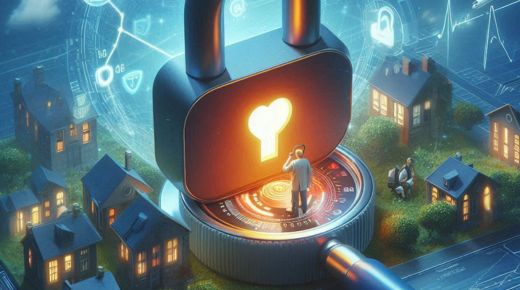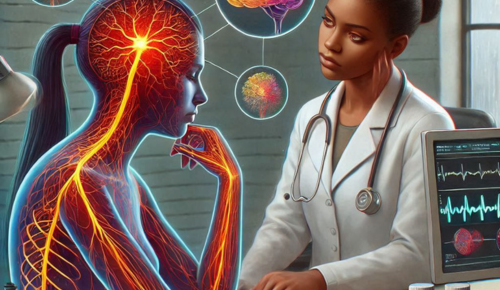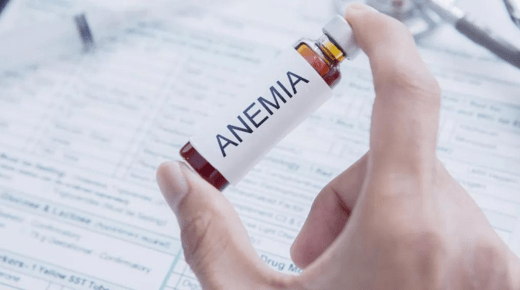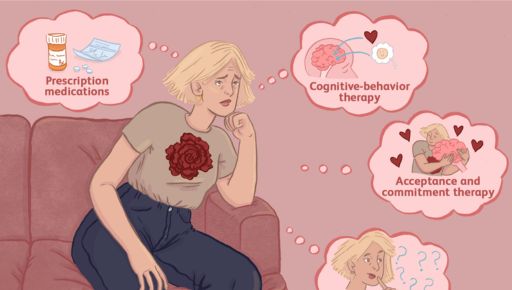In the ever-evolving landscape of healthcare, technology continues to reshape how patients receive care. Among the most transformative innovations is remote patient monitoring va, which empowers healthcare providers to observe and manage patients’ health from a distance. The Veterans Affairs (VA) healthcare system is leading the charge in integrating RPM into its services, ensuring that veterans receive the highest quality of care while addressing their unique needs. This blog delves into how the VA is unlocking better health through Remote Patient Monitoring solutions, exploring the benefits, implementation strategies, challenges, and the future of this approach.
What is Remote Patient Monitoring?
Remote Patient Monitoring refers to the use of technology to collect patient data outside traditional healthcare settings. RPM allows healthcare professionals to monitor vital signs, symptoms, and overall health status in real time, providing a comprehensive view of a patient’s condition.
For veterans, who often face chronic illnesses and mental health challenges, RPM is particularly beneficial. It enables proactive care management, reducing the need for frequent in-person visits and enhancing the overall healthcare experience.
VA’s Commitment to Veteran Health
The VA has a longstanding commitment to providing quality healthcare to veterans, recognizing the unique challenges they face. With a significant population dealing with chronic conditions, mental health issues, and access barriers, the VA is increasingly turning to technology to improve healthcare delivery.
By incorporating RPM into its services, the VA aims to enhance care coordination, increase accessibility, and ultimately improve health outcomes for veterans.
How RPM Works in the VA System
The implementation of RPM within the VA system involves a combination of advanced technologies and processes:
Wearable Health Devices
Wearable devices are a cornerstone of RPM, enabling veterans to monitor their health metrics such as heart rate, blood pressure, and physical activity. These devices automatically transmit data to healthcare providers, allowing for continuous monitoring and timely interventions.
Mobile Applications
Mobile health applications play a critical role in RPM by facilitating communication between veterans and their healthcare teams. These apps can remind veterans to take medications, schedule appointments, and report any changes in their health status. This direct line of communication enhances engagement and allows healthcare providers to respond swiftly to veterans’ needs.
Telehealth Integration
Telehealth has become a vital component of modern healthcare, especially since the COVID-19 pandemic. RPM seamlessly integrates with telehealth services, allowing veterans to consult with healthcare providers without needing to visit a clinic. This combination of remote monitoring and virtual visits provides a comprehensive care model, ensuring that veterans receive continuous support.
Benefits of RPM for Veterans
The incorporation of RPM into the VA healthcare system offers numerous advantages that significantly enhance the overall health of veterans:
Proactive Health Management
RPM allows for continuous monitoring of patients, enabling healthcare providers to identify potential issues before they escalate. For veterans with chronic conditions, early detection and intervention can lead to better health outcomes. For example, if a veteran’s blood pressure readings indicate a problem, the healthcare provider can intervene promptly, preventing complications.
Increased Accessibility
Access to healthcare can be a significant challenge for many veterans, especially those living in rural or underserved areas. RPM breaks down geographical barriers by bringing healthcare to veterans’ homes. This increased accessibility ensures that veterans receive timely care, reducing the need for long travel distances to healthcare facilities.
Enhanced Patient Engagement
RPM empowers veterans to take an active role in their healthcare. By providing tools and resources that enable self-monitoring, veterans can make informed decisions about their health. This engagement fosters a sense of ownership and responsibility, leading to improved adherence to treatment plans and better health outcomes.
Cost-Effectiveness
Implementing RPM can lead to significant cost savings for both veterans and the healthcare system. By reducing hospitalizations and emergency room visits, RPM alleviates the financial burden on veterans. Early interventions made possible through RPM can prevent the progression of chronic conditions, ultimately reducing healthcare costs.
Challenges in Implementing RPM in the VA
While RPM offers substantial benefits, several challenges must be addressed for successful implementation within the VA system:
Data Privacy and Security Concerns
The collection and transmission of sensitive health data raise concerns about privacy and security. Veterans must trust that their information is protected from unauthorized access. The VA must implement stringent security measures and ensure compliance with regulations to safeguard patient data.
Technological Barriers
Not all veterans have equal access to the technology required for effective RPM. Some may lack the necessary devices or reliable internet connections, hindering their ability to participate in remote monitoring programs. The VA must work to bridge this digital divide by providing resources, training, and support to help veterans navigate technology.
Provider Training and Support
For RPM to be effective, healthcare providers must be adequately trained to use the associated technologies and interpret the data collected. Additionally, veterans may need assistance in using RPM tools. Training programs and educational resources can help both veterans and providers maximize the benefits of RPM.
The Future of RPM in VA Healthcare
As technology continues to advance, the future of Remote Patient Monitoring in the VA healthcare system looks promising. Several key developments are expected to shape this future:
Expanded Telehealth Services
The demand for telehealth services has surged, and this trend is likely to continue. The expansion of telehealth will further enhance RPM, allowing veterans to access care more conveniently and efficiently. Virtual consultations combined with remote monitoring will create a more holistic and patient-centered approach to healthcare.
Improved Interoperability
The future of RPM will also involve enhanced interoperability between various healthcare systems and technologies. Ensuring that data can be easily shared and accessed across platforms will improve care coordination and facilitate better health management for veterans.
Focus on Personalized Care
As RPM evolves, there will be a greater emphasis on personalized care. By analyzing data collected through RPM, healthcare providers can tailor interventions to meet the specific needs of each veteran. Personalized care plans that consider veterans’ unique health conditions, preferences, and goals will lead to more effective treatment outcomes.
Conclusion
Remote Patient Monitoring is unlocking better health for veterans within the VA healthcare system. By addressing the unique challenges faced by veterans and harnessing the power of technology, RPM enhances care delivery and improves health outcomes. DocVA commitment to innovation and patient-centered care positions it as a leader in the adoption of RPM solutions.
As we look to the future, it is essential to recognize the importance of providing veterans with the support and resources they need to thrive. Through continued advancements in RPM, we can create a healthier, more empowered future for our veterans, ensuring they receive the quality care they deserve.




